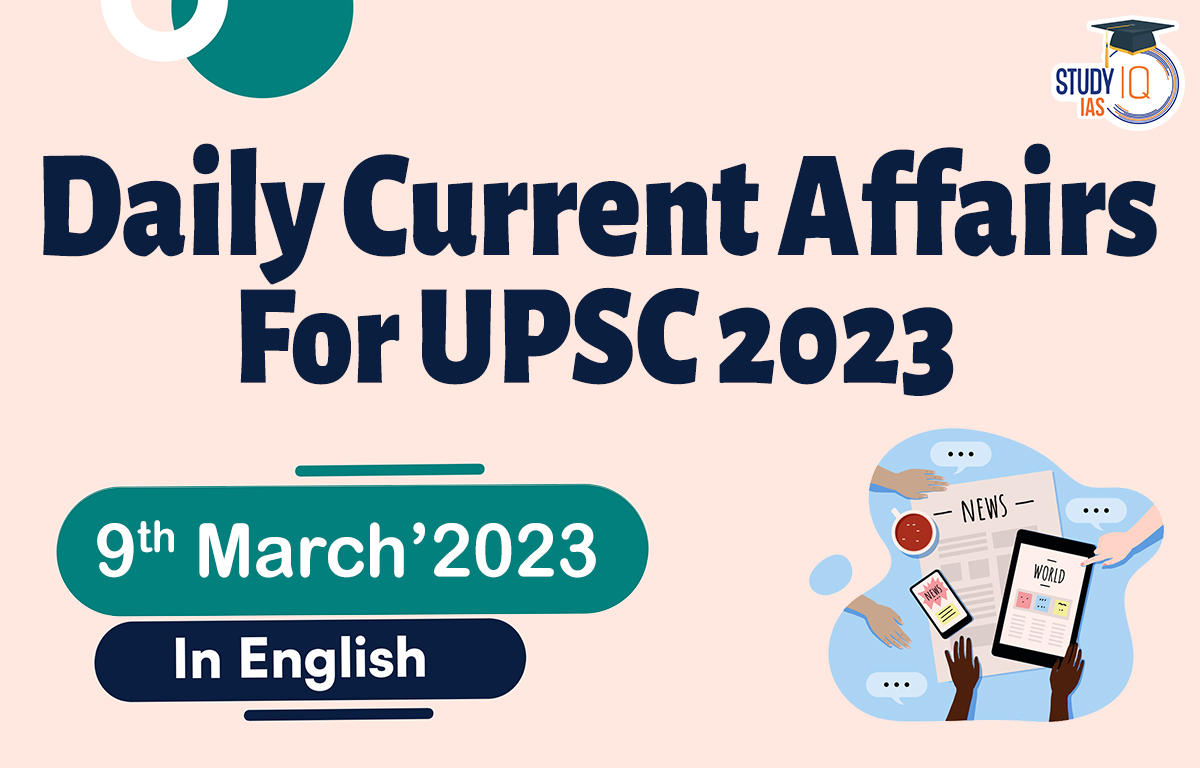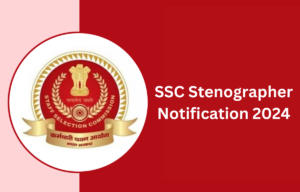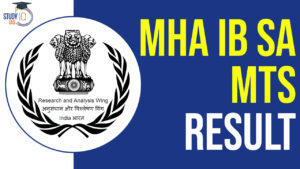Daily Current Affairs for UPSC 2023
Q) Recently seen in news the ‘Strait of Dover’ connects which of the following water bodies?
- Pacific Ocean and Beaufort Bay
- Mediterranean Ocean and Black Sea
- North Sea and English Channel
- Tasmanian Sea and Pacific Ocean
Explanation:
- Option (3) is correct: The English Channel is a narrow sea that separates southern England from northern France and connects the North Sea to the Atlantic Ocean. The Strait of Dover is a narrow waterway that lies within the English Channel and separates it from North Sea. It is approximately 34 km wide at its widest point and is one of the busiest shipping lanes in the world. Britain is facing a domestic and international backlash after unveiling ‘the Illegal Migration Bill’ to overhaul the way it handles migrants crossing the Channel on small boats. The cross-channel migrants would be deported home or to a “safe third country”, such as Rwanda, under an existing ‘UK-Rwanda Asylum Plan’. Legal challenges or human rights claims would be heard in that country. Applicants would be disqualified from using British laws aimed at preventing modern slavery to stop their deportation.

Daily Current Affairs for UPSC – 7 March 2023
Q) With reference to Crypto trading, consider the following statements:
- At present, India does not have any legal mechanism to deal with trading in crypto-currencies.
- A 30 percent tax on income from transactions in crypto assets was recently announced in the Union Budget for 2023.
- The Know Your Customer (KYC) norms also apply to crypto-intermediaries dealing with virtual digital assets.
Which of the statements given above is/are correct?
- 1 and 2 only
- 2 and 3 only
- 1 and 3 only
- 3 only
Explanation:
- Statement 1 is incorrect: The Central Government has recently brought crypto trading, safekeeping and related financial services under the ambit of the Prevention of Money Laundering Act. A cryptocurrency is a medium of exchange, such as the rupee or the US dollar, but is digital in format and uses encryption techniques to both control the creation of monetary units and to verify the exchange of money.
- Statement 2 is correct: India presiding over the G-20, has discussed with the member countries the need to develop a standard operating protocol for regulating crypto assets. In the Budget for 2022-23, a 30 per cent tax on income from transactions in such assets has been announced. To bring such assets under the tax net, a 1 percent TDS (tax deducted at source) on transactions in such asset classes above a certain threshold has been introduced. Gifts in crypto and digital assets were also taxed. The Reserve Bank of India has said that cryptocurrencies should be banned as they are akin to a Ponzi scheme (A Ponzi scheme is an investment fraud that pays existing investors with funds collected from new investors).
- Statement 3 is correct: Exchange between virtual digital assets and fiat currencies, the exchange between one or more forms of virtual digital assets and the transfer of digital assets will be covered under money laundering laws. Virtual digital assets are as any code or number or token generated through cryptographic means with the promise or representation of having inherent value. Crypto exchanges and intermediaries dealing with virtual digital assets (VDA) will now be required to perform Know Your Customer (KYC) of their clients and users of the platform. Indian crypto exchanges will have to report suspicious activity to the Financial Intelligence Unit India (FIU-IND).
Q) Consider the following statements about phytoplanktons:
- In the last two decades, coastal phytoplankton blooms have decreased in extent and occurrence.
- Extensive aquaculture can help check the excessive growth of phytoplankton.
- Huge populations of phytoplankton deplete oxygen in the oceans and disturb the food chain.
Which of the statements given above is/are not correct?
- 1 and 2 only
- 2 only
- 2 and 3 only
- 1 and 3 only
Explanation:
- Statement 1 is incorrect: According to new research, huge blooms of phytoplankton have become larger and more frequent along the world’s coastlines, bringing benefits to fisheries but also causing potential harm. As per the study, between 2003 and 2020 the coastal phytoplankton blooms increased by about 13% in extent while covering an additional 4 million square kilometers of the global ocean. In this period, the blooms occurred more often, up by 59%. Phytoplanktons are tiny microscopic floating plants found in water bodies.
- Statement 2 is incorrect: While marine animals such as fish and whales eat phytoplankton, it can also prove to be toxic in large amounts, causing oxygen depletion in the oceans eventually leading to “dead zones” that distort the food chain and fisheries. A 2016 algal bloom near Chile, cost salmon farms $800 million. While some regions saw weaker blooms over the past two decades, including the California Current, blooms strengthened in the northern Gulf of Mexico and the East and South China Seas. The increase in phytoplankton blooms varies by region, in some cases, warmer sea surface temperatures are the reason behind the boom. Climatic changes can also disturb the ocean circulation, affecting mixing between ocean layers and how nutrients move around the ocean.
- Statement 3 is correct: Human development also plays a role. Fertilizer runoff from agriculture can spike nutrient loads in the ocean, leading to blooms (Eutrophication). More aquaculture around places like Finland, China, and Vietnam might be associated with more algal blooms. Regions where domestic waste is not treated can also be a possible cause for increasing blooms.
Q) With reference to ‘Shoonya’ campaign, consider the following statements:
- It is a related to the promotion of hydrogen based public transportation system in Indian metro cities.
- It will help in reducing vehicular particulate matters and nitrous oxide pollution.
- The campaign is administered by the Ministry of Road transport and Highways.
Which of the statements given above is/are correct?
- 1 and 2 only
- 2 only
- 1 and 3 only
- 2 and 3 only
Explanation:
- Statement 1 is incorrect but statement 2 is correct: Shoonya is a consumer awareness campaign to reduce air pollution by promoting the use of electric vehicles (EVs) for ride-hailing and deliveries. The campaign has 130 industry partners, including ride-hailing, delivery and EV companies. It will make it easier for e-commerce businesses to differentiate their products from their rivals. Using electric vehicles for all deliveries and rides would result in significant emissions reductions and fuel savings each day. Shoonya deliveries and rides will help improve air quality by eliminating vehicles’ particulate matter (PM) and nitrous oxide (NOx) pollution.
- Statement 3 is incorrect: The campaign is administered by NITI Aayog. Moving to electric vehicles (EVs) can help India decrease its reliance on foreign oil, address the issue of energy shortages, and transition to renewable and sustainable energy sources. 10% of India’s freight transit CO2 emissions are accounted for by urban freight vehicles, and by 2030, these emissions are projected to increase by 114%. The absence of tailpipe emissions from EVs can significantly improve air quality. They release 15–40% less CO2 and cost less than engines that use internal combustion, even when manufacturing costs are considered.
Q) Consider the following statements about International Big Cat Alliance (IBCA):
- IBCA aims to disseminate information about the conservation of the seven major big cats in the world.
- It is open to all the range countries which are a natural habitat for the big cats
- The IBCA was recently launched jointly by the ASEAN and the World Bank.
Which of the statements given above is/are correct?
- 1 only
- 1 and 2 only
- 2 and 3 only
- 1, 2 and 3
Explanation:
- Statement 1 is correct: International Big Cat Alliance (IBCA) aims to provide a platform for “dissemination of information on benchmarked practices, capacity building, resources repository, research and development, awareness creation”, etc., regarding the protection and conservation of big cats. The seven major big cats-tiger, lion, leopard, snow leopard, puma, jaguar and cheetah will be covered under IBCA.
- Statement 2 is correct but statement 3 is incorrect: India is set to launch the International Big Cat Alliance (IBCA) for protection of big cats, under its leadership. The global alliance will provide assured support over five years with guaranteed funding of $100 million (over Rs 800 crore). After the initial five years, IBCA is expected to sustain itself through membership fees, and contributions from bilateral and multilateral institutions and the private sector. Membership will be open to 97 “range” countries, which host the natural habitat of these big cats, as well as other interested nations, international organizations, etc. A General Assembly consisting of all member countries, a council of at least seven but not more than 15 member countries elected by the General Assembly for a five year term, and a Secretariat. The General Assembly will appoint the IBCA Secretary General for a specific term based on the recommendation of the Council.


 SSC Stenographer 2024 Notification Out a...
SSC Stenographer 2024 Notification Out a...
 IB SA MTS Final Result 2024 Out at mha.g...
IB SA MTS Final Result 2024 Out at mha.g...
 Model Skill Loan Scheme, Eligibility, Re...
Model Skill Loan Scheme, Eligibility, Re...

















